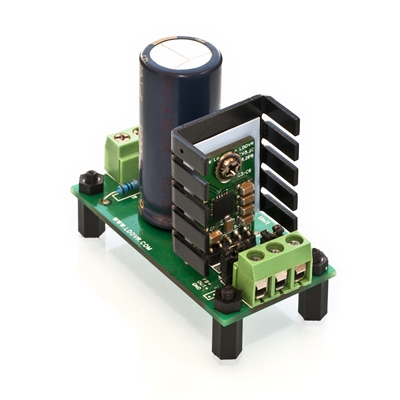KSTR
Major Contributor
- Thread Starter
- #81
Larger mods are not possible on this PCB and that little what is possible is PITA already, 0402 R's and C's, meh...I do have to wonder whether it may be advantageous to reduce high-frequency output loading... sure, nobody likes inductors much. (That would obviously increase gain up there, too, which may be counterproductive in the light of potential slew rate issues. So exactly the opposite may be needed, output loading be damned. Aren't they already using R || R-C in feedback anyway?)
So you basically need to provide wideband low input impedance, right? What happens if you leave that part to some Cs at HF and include some L in series with the opamp input? Again, I know, nobody likes inductors much, but at these low impedances and well beyond audio frequencies, you couldn't need that much L?
EDIT: Note C9 in the above circuit, as well as the choice of R5-R6-C10 etc. ESS hump fixes generally involved fiddling with gains and feedback components, so we're probably on the right track.
First try with Cf+Rs = 150pF + 51R (as per @Ben1987) gave no improvent over stock values.
Further experiments in the direction you've pointed out will need a seperate test PCB which is modding friendly. It's way easier to mod the D10B with SO-8 and 0805/1206 SMD's. And it's a pure I/V anyway, no subtractor present which eases hookup. I'm about to temporarily fit a bad OpAmp like 33078 to check if that degenerates performance in the same way as we see on the KTB. Stock is LM4562 btw.
